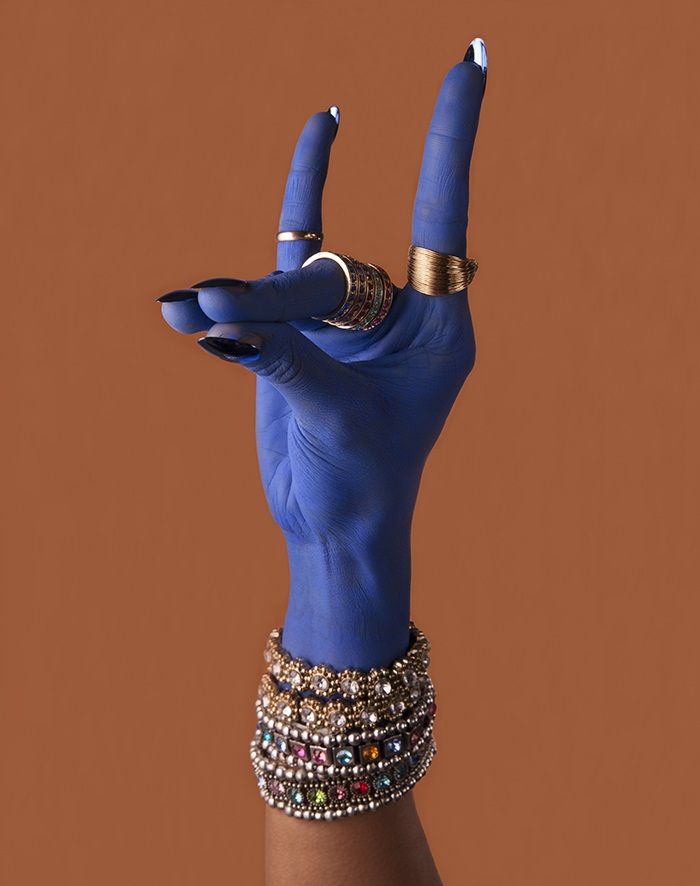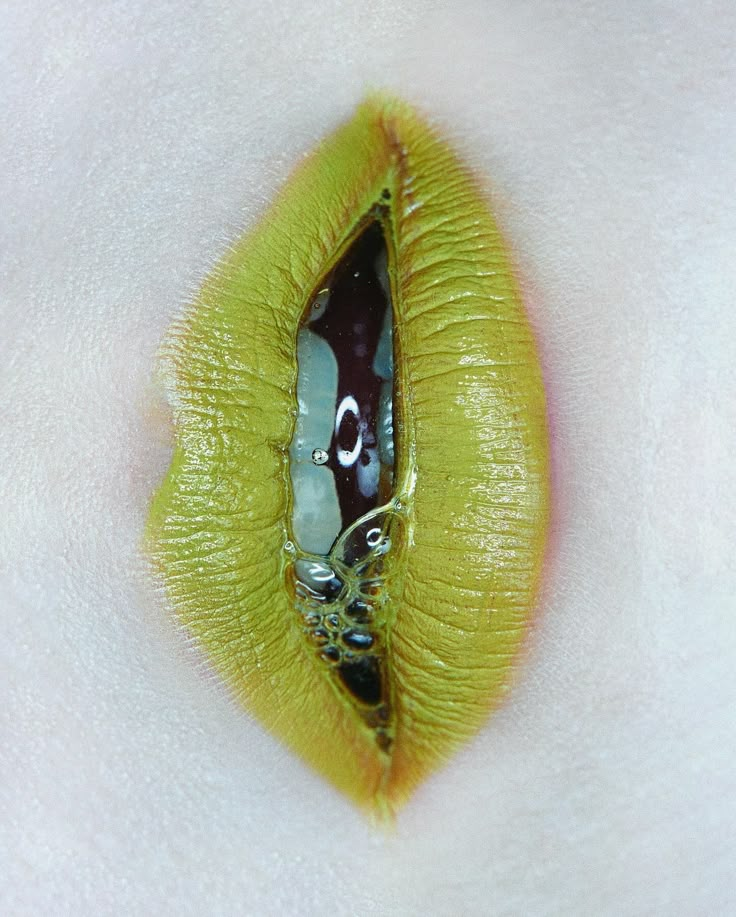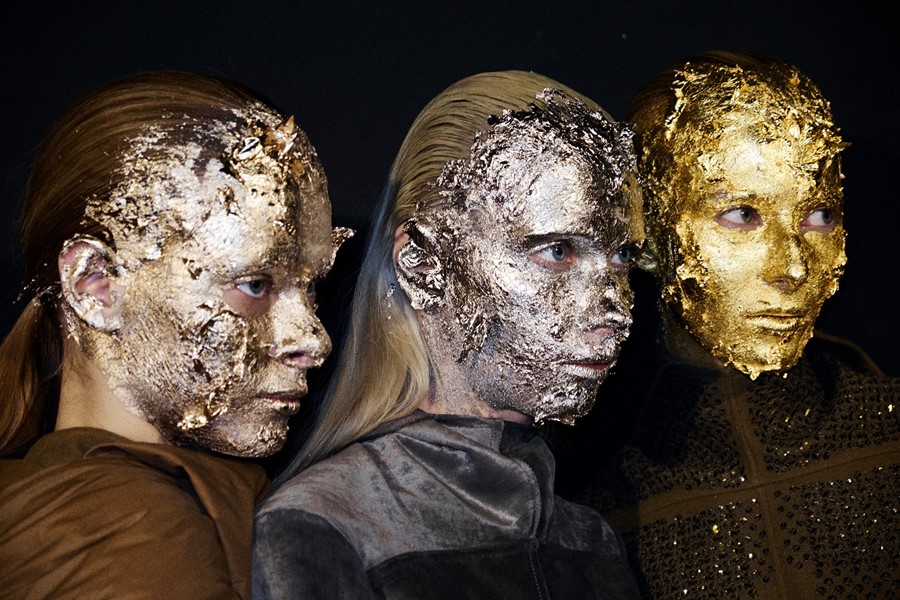Is Fashion Becoming a Social Science?
For years,
Fashion thinking was an oxymoron.
Too glossy, too girly, too unserious.
But now?
TikTok teaches you Judith Butler in 30 seconds,
Harvard opens fashion theory courses,
and Substack turns runway recaps into cultural criticism.
Something shifted.
Fashion Studies Everywhere
People are doing cultural theory in outfits.
And most of the time, they don’t even know it.
On TikTok, a seventeen-year-old dissects a 2001 Dior collection with more structural insight than half the faculty at the Sorbonne
— and she’s doing it in low-rise jeans and butterfly clips.
On Instagram, a carousel about the “aesthetic collapse of Silicon Valley”
gets saved like it’s sacred text.
On Substack, a post comparing medieval
court dress and Blumarine goes semi-viral.
No credentials. Just instinct.
Just eyes trained by the algorithm.
Just vibes that read like a syllabus.
We’ve entered an era where fashion is not just being worn
— it’s being decoded. Not from the ivory tower. From the feed.
From the chaos of online life. From the closet-as-critical-space.
Fashion has always had meaning. But now we’re narrating it.
Sharing it. Annotating it.
Theory is no longer confined to footnotes — it’s in the captions. We’re not just dressing up. We’re doing sociology in the mirror.
The Garment as Living Archive
You don’t need a library card to access history.
You just need a closet.
That thrifted military jacket?
It holds echoes of empire, rebellion, Tumblr-era irony.
That bodycon dress from 2012?
A relic of post-GFC girlboss feminism.
Your mom’s scarf?
Gender codes. Migration. Sunday rituals.
Clothes carry things we forgot to write down. Things that weren’t meant to be written down. They remember what we’re told to move on from.
They age. They stain. They get passed down.
They absorb shame, pride, hope, class mobility, grief.
You put them on, and they talk back. Not with words — with weight.
With context. With ghost stories in the lining.
You don’t need to quote Fred Moten to feel it.
But the resonance is there.
You know it in your gut. In your fit.
We’re not just curating aesthetics.
We’re carrying archives.
And they don’t need approval to exist.
Sociology as the New Style
No one’s saying it, but everyone feels it:
Getting dressed is starting to feel like publishing a position paper.
Not in a try-hard way. More like — I’m saying something with this.
Even if it’s silent. Especially if it’s silent.
Designers are quoting Goffman without knowing his name.
They’re staging identity, controlling perception, tweaking performance.
Getting dressed becomes an act of social navigation — not just taste.
More like strategy. More like defense. More like refusal.
Wearing a sheer dress to a family dinner.
Wearing a tie to an anti-work protest.
Wearing nothing branded, on purpose.
Every choice is semiotic.
And also survival.
Theorists used to write about the body.
Now the body answers back — in looks.
Sharp. Cryptic. Composed.
Sometimes exhausted. Sometimes defiant.
We’re not just performing gender anymore.
We’re performing critique. We’re styling our way through systems we can’t escape.
And that?
That’s fashion doing sociology better than most sociologists.





